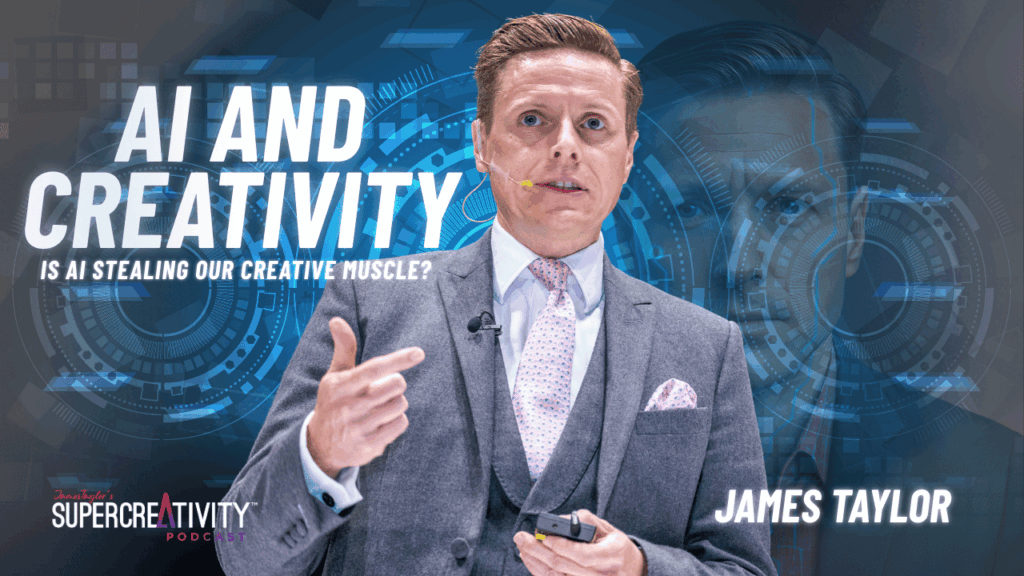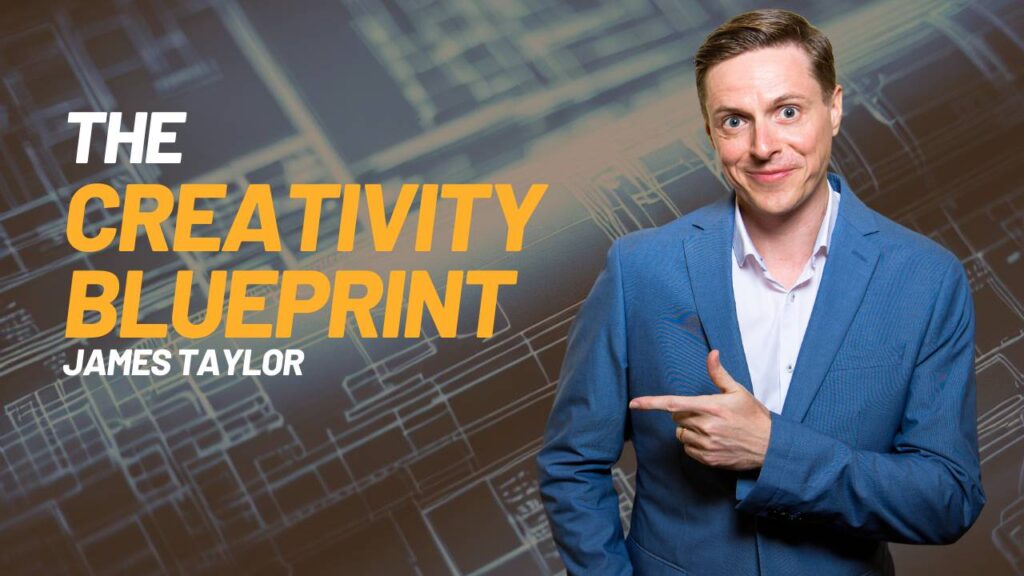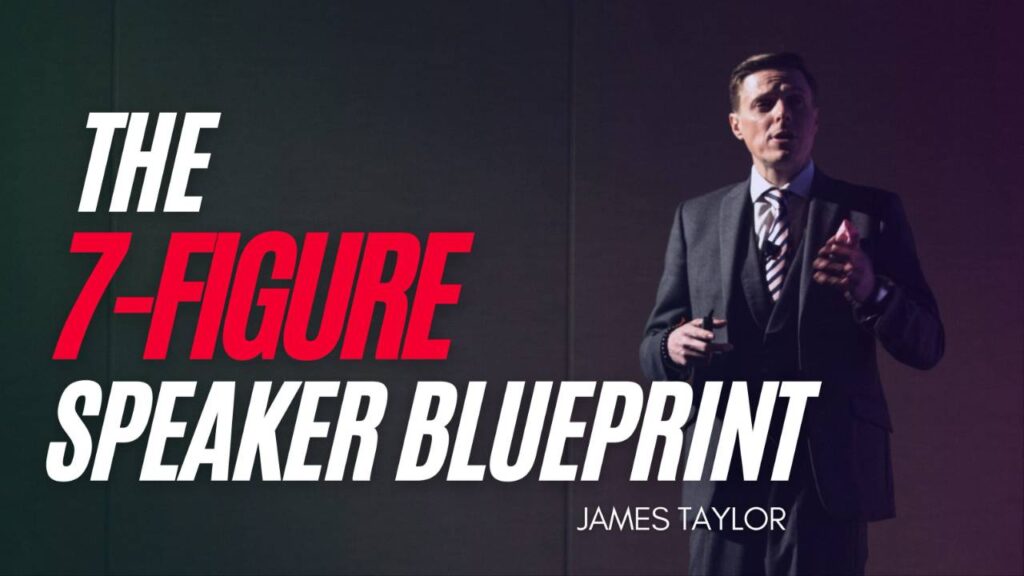James Taylor (00:09)
When AI steals our creativity, is that a feature or a bug? Last week I was in San Diego speaking at a fintech conference and staying at the historic Hotel Del Coronado. If you’ve never been, the Del, as locals like to call it, is one of those grand old hotels with a past so rich it could fill a Netflix series. It’s where presidents have stayed, where Hollywood stars hid from the paparazzi, and where some of the great creative minds of the last century came to think, write, and dream.
One morning after the keynote, I sat on the beach in front of the hotel, coffee in hand, watching the Pacific crash into the shore in long, lazy intervals. To my left, surfers bobbed in the water like patient punctuation marks, waiting for the perfect sentence of a wave. And just a few feet from me, a six-year-old child knelt in the sand, entirely absorbed in drawing a monster. She didn’t have a tablet or a device. She wasn’t copying from a screen.
Every wobbling eye, jagged tooth and lopsided grin came straight from her own mind. It reminded me, creativity isn’t just about producing something. It’s a muscle that we need to train, stretch and strengthen. And right now, we’re in a moment where AI is both building and weakening that muscle. In the last 18 months, generative AI tools like ChatGBT, Mid Journey and Dali have gone from curiosities to core creative utilities.
Entire ad campaigns, concept designs, and even TED-style talks are being co-created with machines. But a recent MIT-backed study sounded the alarm. Heavy AI use can cause what researchers call cognitive offloading, the tendency to let technology do the thinking for us. And over time, this can lead to a form of creative muscle atrophy. The AI draws the monster for us. It even adds shading, texture, and style.
But in doing so, it quietly robs us of the joy and the neural workout of making something from scratch. A fascinating academic paper published earlier this year compared AI-generated outputs with human creativity across multiple tests. Divergent thinking, which is about creating lots of ideas. Convergent thinking, which is about narrowing to the best idea and open-ended creative writing. The results?
AI often scored higher than humans in divergent and convergent thinking tests. It can generate lots of options faster and filter them very efficiently. But when it came to creative writing and emotionally resonant storytelling, humans still had the edge. Why? Well, because true creativity isn’t just about recombining what’s been done before. It’s about meaning making, lived experience, emotional subtext,
AI can approximate, but not authentically inhabit those things. This is not a manifesto for rejecting AI though. Quite the opposite. I use it in my daily work, spark ideas for keynotes to explore creative angles for clients to accelerate research. When I work with AI as a partner or collaborator, it extends my reach. I can prototype concepts faster, test scenarios at scale, and open creative doors I may not have thought to knock on.
But when I hand over the reins entirely, I stop exercising my own creative judgment. Think of it this way, AI is like a trampoline. It can bench you higher than you could jump alone, but you still need to do the jumping. So here’s what this means for you. Number one, use AI like a trampoline, not a crutch. Leverage it to get fresh perspectives faster, but always inject your voice, your judgment, your values.
Schedule no AI time. One afternoon a week, ban the bots. Sketch, brainstorm, or write without any digital assistance. You’ll be surprised how creative muscles actually respond to this. Thirdly, focus on context over execution. Let AI handle the what and the how, but own the why, the meaning behind the work. But let’s get back to the beach. That child’s monster wasn’t perfect.
The proportions were off, the perspective didn’t make any sense. Sand isn’t the most forgiving medium. But none of that mattered. It was hers, an unfiltered, undiluted piece of her imagination made real. As I watched her scroll another crooked tooth into the creature’s mouth, I thought the future belongs to those who can imagine first, and then engineer later. AI can draw our monsters faster.
but we should not stop imagining them ourselves.




